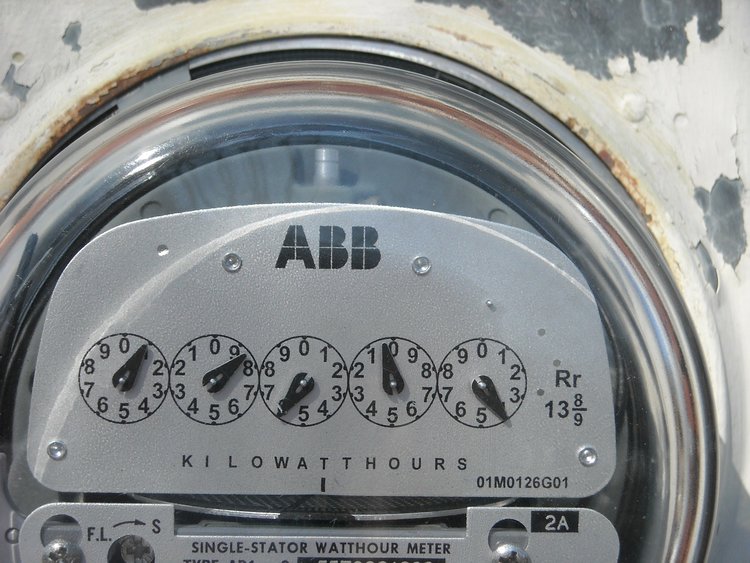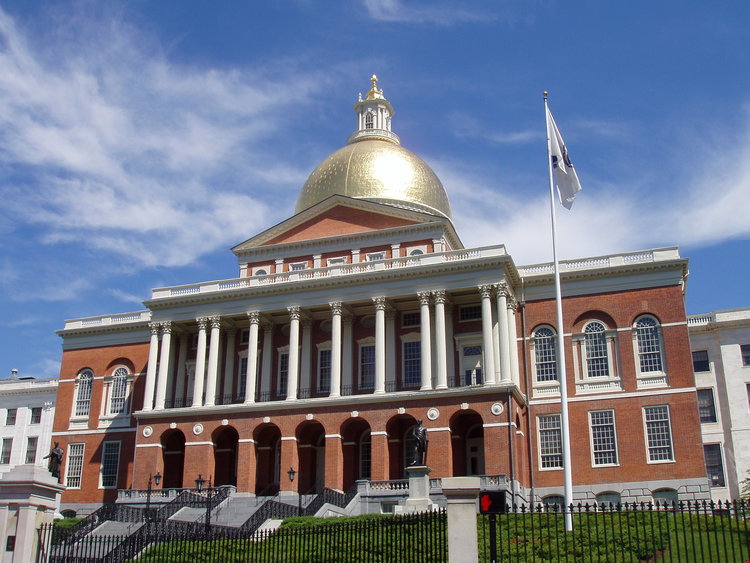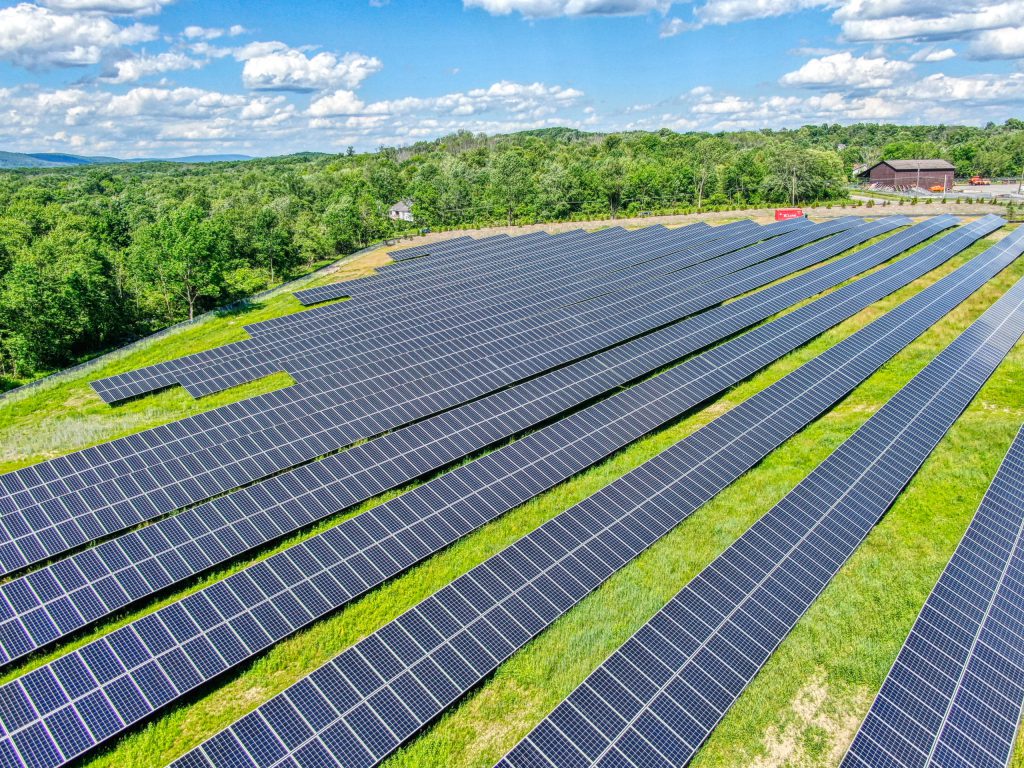Community solar is one of the most affordable forms of renewable energy. By allowing you to subscribe to a local solar farm, community solar makes it possible for you to see a discount on your energy supply without paying any additional costs. So what makes community solar possible, and what are the rules that compensate solar gardens for the power that they produce?
Table of Contents
Net Metering Gives You Credits on Your Monthly Electric Bill
Community solar takes advantage of rules similar to the ones that give energy savings to households with rooftop solar panels. A policy called “net metering” allows households to be compensated for the renewable energy that they contribute to the electric grid. For every watt they produce, their utility will give them a credit that they can use to pay for their future energy use.
For community solar, utilities use a process called “virtual net metering”, which means that when your community solar farm produces energy, you get the credit on your utility bill, as if you had produced it on your own roof.
Most community solar customers reserve as many panels as they need to cover their typical energy usage, meaning that these credits will usually cover most or all of their electric bill. Instead of your dollars flowing to your utility’s standard power mix, which will usually include natural gas, coal, and nuclear, you directly support local, renewable energy.
Renewable Energy Credits Compensate Solar Developers for Adding Renewable Energy to the Electric Grid
29 states now have renewable portfolio standards, which require that a certain proportion of the energy that electric utilities provide to their customers come from wind, solar, and other renewable resources. Many of these states allow utilities to fulfill this requirement by purchasing Renewable Energy Credits (RECs). Solar panel owners earn RECs when they feed renewable energy into the electric grid, and can then sell those credits to utilities or to other institutions that wish to offset their energy use. 
In the case of community solar, the RECs provide a source of revenue that helps solar farm developers pay down their projects’ costs. State governments in 19 states have established rules to make sure that households get credit for the energy that they produce in their local solar garden. These rules position community solar as an important way of scaling up renewable energy in America. Community solar can bring renewable energy and energy bill savings to the approximately four in five American households that can’t install solar on their rooftop, and Solstice is working to make that future a reality.




